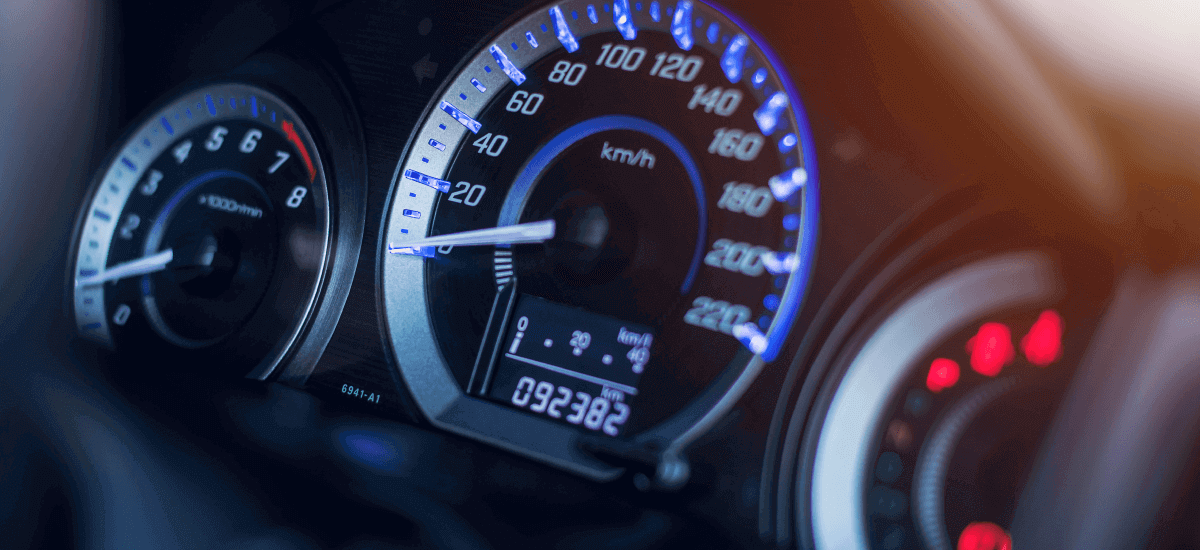Knowing your car’s mileage—also referred to as fuel efficiency—is crucial for monitoring vehicle performance, planning budgets, and identifying potential mechanical issues. While many modern vehicles display fuel economy data digitally, the most reliable way to measure it is manually. In this article, we explain how to check your car’s mileage accurately using a step-by-step method, including tips to ensure consistent results.
Why Accurate Mileage Matters
Your car’s mileage provides key insights into:
- Fuel efficiency and running costs.
- Driving behavior and habits.
- Engine performance and potential issues.
- Resale value and maintenance needs.
Declining mileage may signal problems with tyres, air filters, spark plugs, or even driving style.
The Full-Tank Method: A Proven Approach
The full-tank method is the most popular and accurate way to check your mileage manually. Here’s how to do it:
Step 1: Fill the Tank Completely
Visit a trusted fuel station and fill the tank until the fuel nozzle cuts off automatically. This ensures consistent fill levels.
Step 2: Reset the Trip Meter
After refueling, reset your car’s trip meter (Trip A or B) to zero. If your car doesn’t have a trip meter, note the odometer reading instead.
Step 3: Drive Normally
Drive your car as you usually do. Try to cover at least 100–200 kilometers before your next refill to get a more accurate reading.
Step 4: Refill the Tank
Go to the same pump and fill the tank again until auto cut-off. Make a note of the number of litres filled this time.
Step 5: Calculate Mileage
Use this formula:
Mileage (km/l) = Distance Driven (km) ÷ Fuel Used (litres)
Example:
If you drove 150 km and refilled 10 litres:
Mileage = 150 ÷ 10 = 15 km/l
Tips for More Accurate Results
- Use the same fuel station and pump for consistency.
- Avoid topping up the tank beyond the auto cut-off to prevent measurement errors.
- Repeat the process over 2–3 refills and average the results for better accuracy.
- Account for terrain and traffic—urban driving yields lower mileage than highway driving.
- Avoid aggressive acceleration and excessive idling during testing.
Digital Mileage Displays: Are They Accurate?
Modern cars often have an onboard computer that shows average fuel consumption. While convenient, these readings can sometimes be optimistic or affected by:
- Short trips and idling
- Reset errors
- Tyre size modifications
Manual checks are still more reliable for long-term tracking.
Factors That Affect Mileage
If your calculated mileage is lower than expected, consider the following:
- Underinflated tyres
- Clogged air filter or fuel injectors
- Heavy load or poor driving habits
- Incorrect gear shifting or excessive AC usage
- Worn-out spark plugs or engine issues
Regular servicing and smooth driving can significantly improve mileage.
Final Thoughts
Checking your car’s mileage accurately is simple and helps you keep a close eye on your vehicle’s performance and fuel costs. While digital displays are helpful, the full-tank method remains the most reliable for real-world results. Regular monitoring can alert you to underlying problems and help you take corrective action before small issues become expensive repairs.

